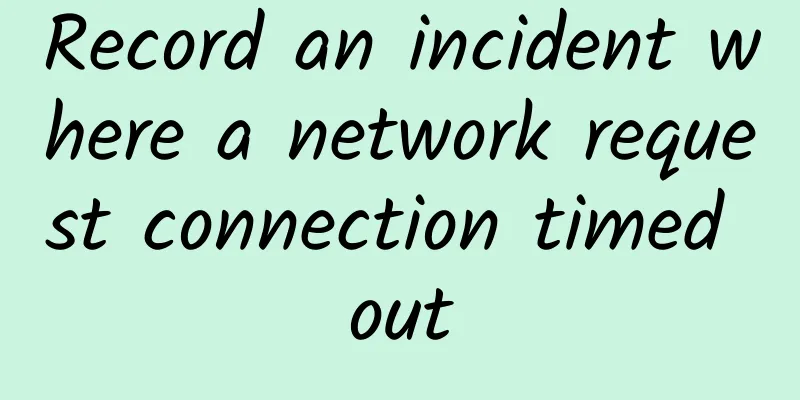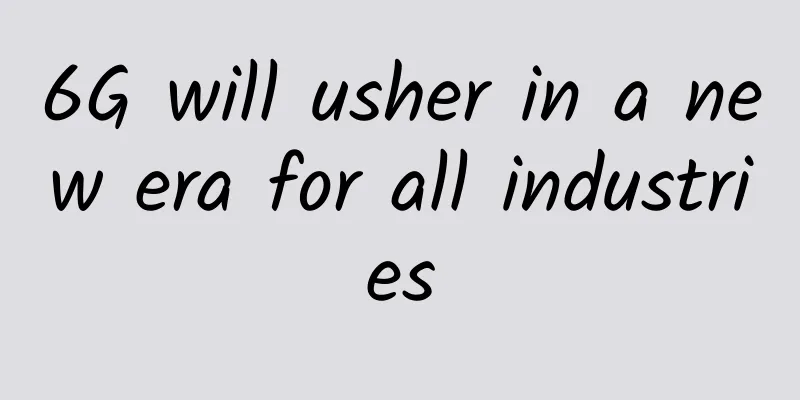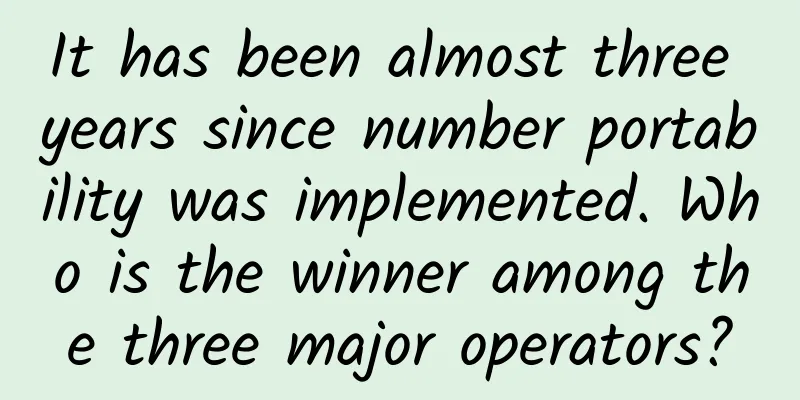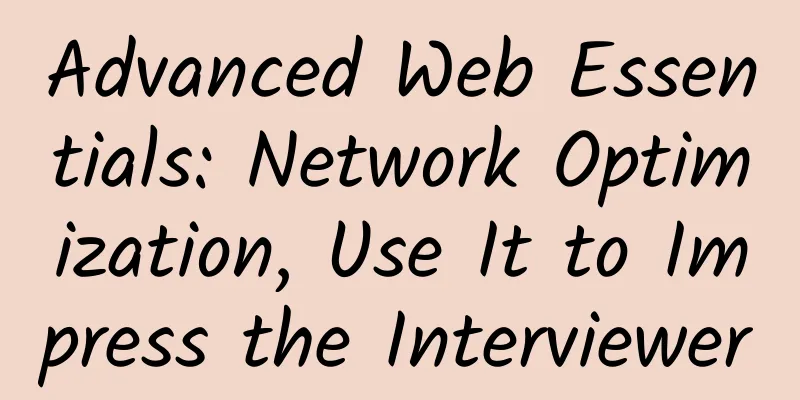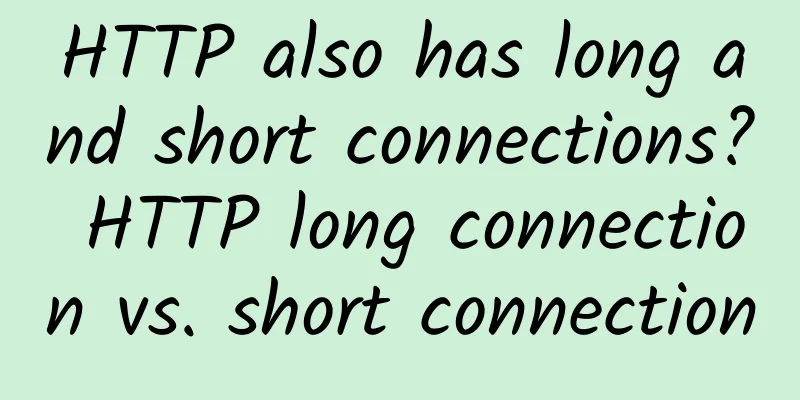5G and the Internet of Things: What does it mean for the telecommunications industry?
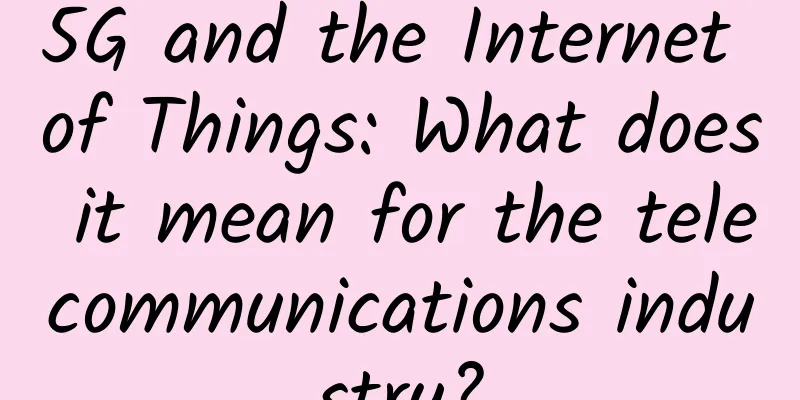
|
Today, in the telecommunications sector, 5G and IoT play an important role in expanding telecommunications services and capabilities across a wide range of verticals. Together, they unleash a powerful combination of ultra-high speeds, expanded bandwidth, low latency, and improved energy efficiency that will drive billions of connections in the coming years. Not only that, 5G-enabled IoT is expected to create and sustain millions of jobs around the world. The 5G Factor 5G technology will bring widespread disruption to industries supported by the Internet of Things due to its characteristics such as speed, large capacity and ultra-low latency. According to IDC, by 2021, 5G's widespread enabling of IoT use cases will drive 70% of G2000 companies to spend $1.2 billion on connection management solutions. Although 5G is still in its infancy, its technical capabilities are exciting enough. In addition to solving connectivity issues and expanding network coverage, 5G will also allow technological innovations to be delivered to end consumers in the process of network slicing, edge computing, artificial intelligence, and machine learning. Edge computing will be possible because it moves workload processing to the edge through the ultra-low latency of multi-access edge computing (MEC). This will further drive major revenue for enterprise use cases. 5G will also enable people to remotely control devices in applications that require real-time network performance. While the COVID-19 pandemic has forced vertical industries to embrace digitization, the combination of 5G and IoT can bring about a data-rich environment. With latency of about 2 milliseconds between 5G devices, it is also expected to take remote applications to new heights. Thanks to the proliferation of IoT devices, these applications range from remote control of heavy machinery to remote surgery. Steve Szabo, vice president of wireless, IoT and partnerships at telecommunications provider Verizon Business, said 5G also brings high throughput. "We have seen in trials that providers can reach 4Gbps at peak speeds, which can give you a sense of the capabilities of 5G," said Szabo. In addition, 5G connections are highly reliable. Tests have shown that 5G can support 1 million connected devices per square kilometer, 10 times that of LTE. Therefore, it can provide new possibilities for future smart city and smart building capabilities. This is a typical reason why telecommunications providers seek to optimize processes and streamline workflows to achieve more efficient and effective operations. The Internet of Things will dominate the telecommunications industry Since telecom operators are well-positioned to become one of the largest players in the IoT space, it will also be an important component of Industry 4.0. According to Industry 4.0, telecom companies can promote the development of IoT services in all major industries, especially energy and resources, transportation, manufacturing, agriculture, government, healthcare and retail. Driven by the user-centric 5G architecture, telecom will rely on IoT sensors for data collection, asset tracking and service delivery; at the same time, expand the IoT infrastructure. At the same time, the accelerated rollout of 5G base stations will continue to build an increasingly connected society. In other words, 5G has become an integral force in the development and implementation of IoT technology in the telecom field. As the market rapidly builds around the smart industry, 5G will usher in huge development opportunities in the future. This will also mean that the Internet of Things will be ready to release transformational services and bring humanity into the next digital era. With the explosive growth of global data volume, the Internet of Things will become the core of the telecommunications field. In addition, using this data will also create jobs in the telecommunications industry. According to a market analysis by human resources firm TeamLeaseDigital, talent demand in India's telecom sector is expected to grow 18-20% in 2021 due to widespread adoption of internet services, demand for better telecom networks, and the launch of 5G technology. The analysis report said that some of the most popular positions will be radio frequency engineers, fiber laying, testers, quality inspection engineers, field engineers, etc. |
>>: Taking multiple measures! Operators are preparing for 5G construction in 2021
Recommend
5G unlocks new solutions for the medical industry
5G unlocks new solutions for the medical industry...
TmhHost: Los Angeles CN2 GIA quarterly payment starts from 100 yuan, US CN2 GIA line 200Gbps high-defense VPS 20% off
TmhHost has launched its latest promotion, involv...
[Black Friday] RAKsmart cloud servers are 30% off, cluster servers are half price for the first month, flash sales servers start at $30/month
Domestic and foreign merchants have successively ...
20 pictures to thoroughly understand the principles of HTTPS!
[[355627]] Preface In recent years, major compani...
The future is here: Will 5G users reach 2.6 billion by 2025?
This article is reproduced from the public accoun...
Don’t know how to access the router system backend? Learn it in one step!
Wireless routers are essential network devices fo...
5G empowers the transformation and upgrading of the banking industry. How should banks innovate in the 5G era?
Recently, China Mobile and Industrial and Commerc...
5G is here, how far is 6G?
"In the 6G era, hundreds of high-definition ...
5G competition enters the second half, shifting from technology to application
At present, 5G is rapidly integrating into variou...
CFCA creates a secure all-in-one solution, Kunpeng comprehensively promotes financial innovation
Currently, the financial industry is in a critica...
Half of the world's websites use HTTPS: HTTP is being phased out
In the early years, the data transmitted by the H...
Friendhosting Spring Promotion, VPS at least 45% off for half a year starting from 7.6 euros
Friendhosting is a Bulgarian hosting company esta...
RAKsmart dedicated server flash sale starts from $30/month, high-defense server starts from 79/month, US/Japan/Korea/Hong Kong data centers
RAKsmart is a long-established foreign merchant o...
Why TCP/IP is a threat to the Internet of Things
This article is reproduced from the WeChat public...
Reality or illusion? Challenges of NFV adoption in the enterprise
To further strengthen the use case for enterprise...
